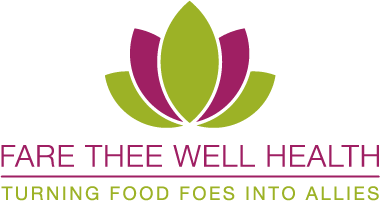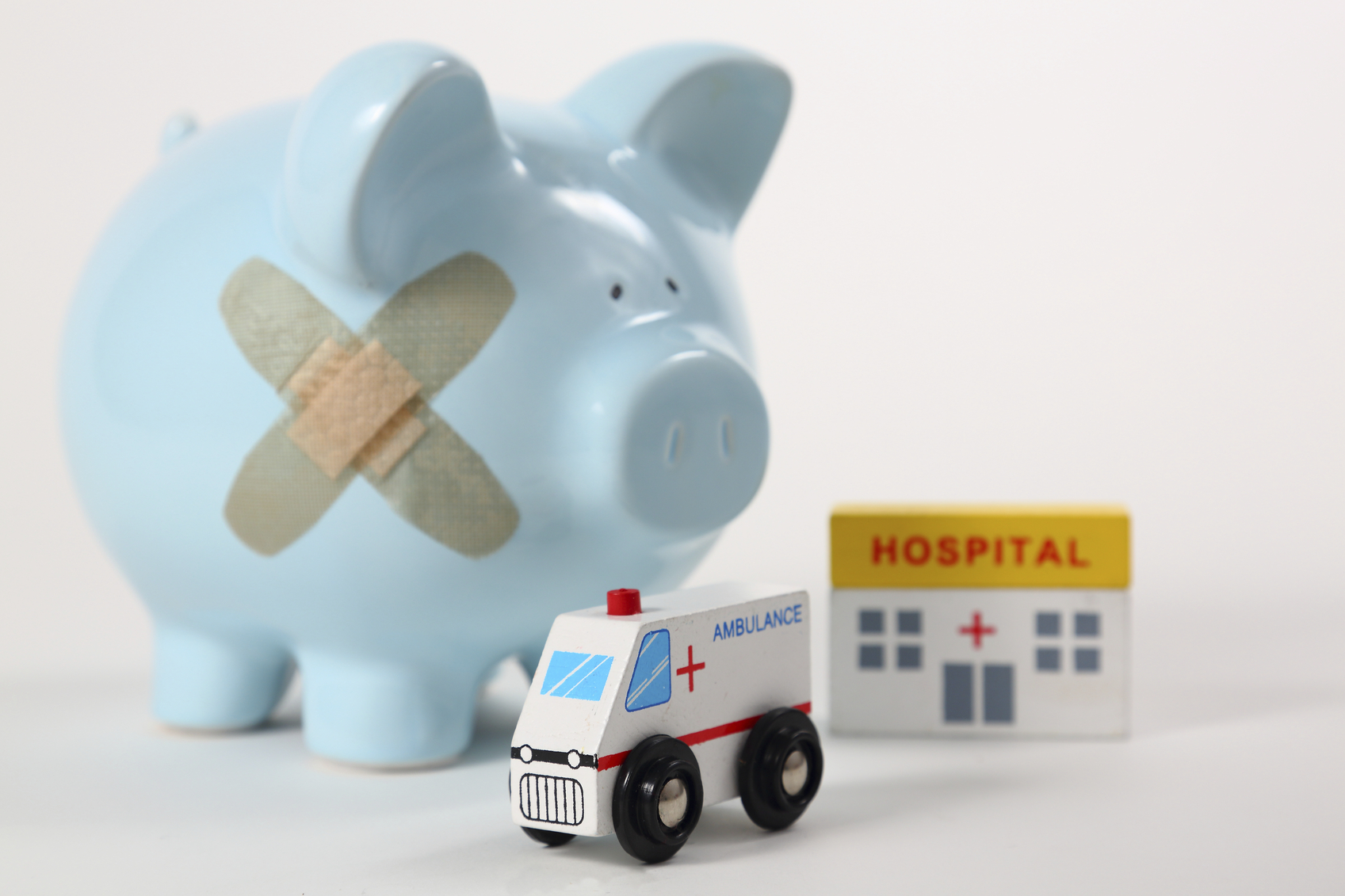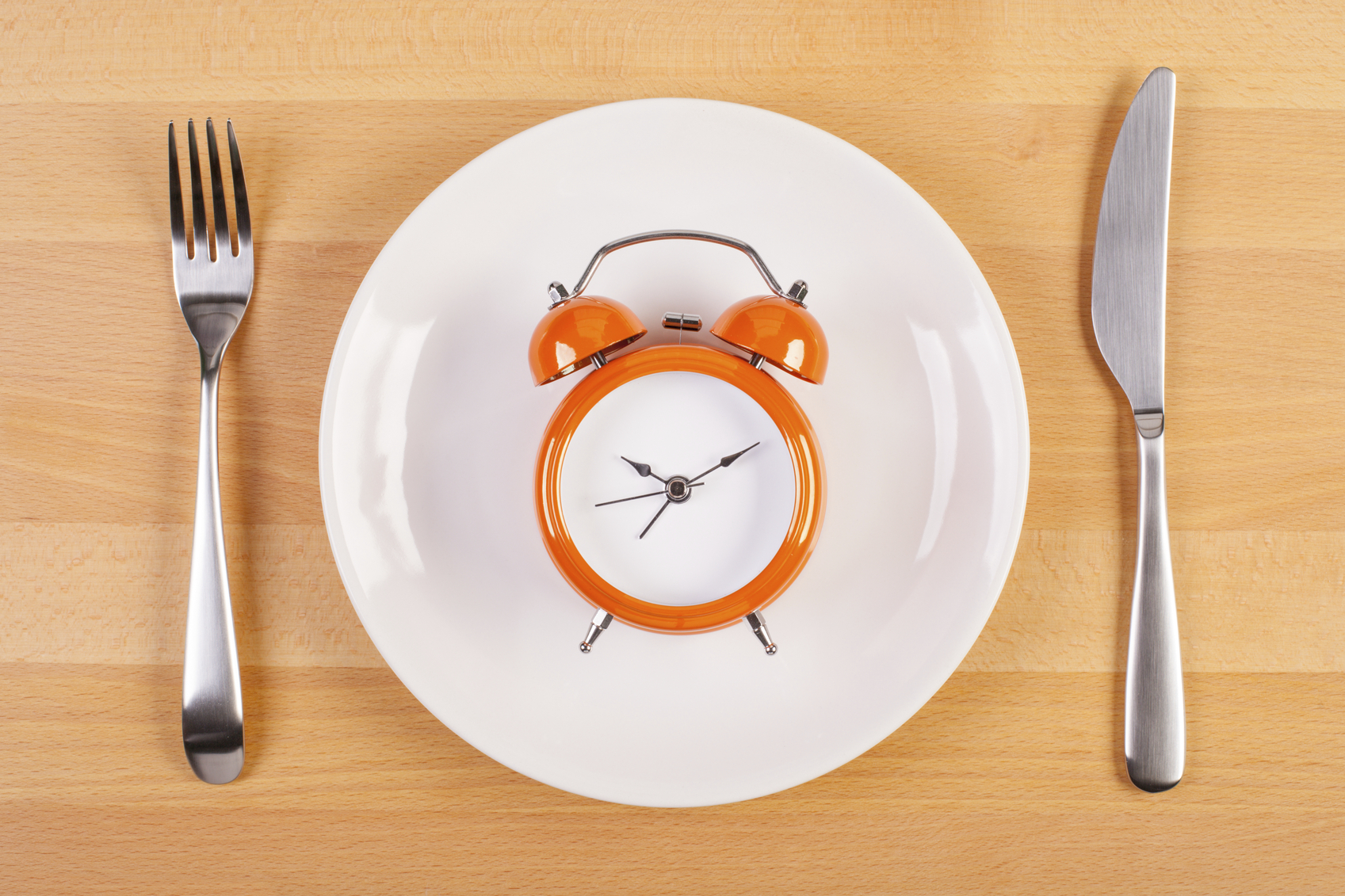How to Kick the Sugar Habit –
and Why You REALLY Should
By Julie Williamson
After a sweet love affair that ended in pain and disappointment, I decided it was time (past time, really) to kiss sugar goodbye. The breakup was a bitter one, especially at first. My head ached, my mind kept wandering to our sweet past, my sleep suffered — and there were times I came this close to caving and reuniting with my former fling. Just one tasty tryst, I’d say to myself. Just a quick brush on the lips to hold me over.
This time, though, was different. This breakup was the real deal. Cold turkey. So long, sweetie! It was one Bad Boy I didn’t need in my life – and if you’re under the spell like I was, take it from me, you don’t need it in yours, either.
When it comes to sugar, “bad” doesn’t even begin to describe it. We all know it’s the antithesis of a nutritional powerhouse, loaded with empty calories and little else, but we eat it anyway, and with gusto (roughly three to five times the amount we should consume(1). Sure, it tastes good – but that winds up just being the hook that keeps us in the doomed relationship longer. These words all sound dramatic, I know, but the growing list of scientific studies shedding light on sugar’s many health detriments are even more so. Sugar, it turns out, is anything but a sweet nothing. It’s a highly-addictive carbohydrate that lights up reward centers in the brain in a similar way to illegal recreational drugs. In fact, numerous research studies show sugar is even more addictive than cocaine.(2)
Where sweet meets sour
Sugar’s direct link to a long list of disease states is equally alarming. In 2014, a study published in JAMA: Internal Medicine revealed that those who get 17-21% of calories from added sugar are at 38% greater risk of dying of cardiovascular disease compared to those who ate 8% of calories from added sugar.(3) The American Heart Association (AHA) recommends no more than six teaspoons or 100 calories a day of sugar for most women, and no more than 9 teaspoons or 150 calories a day for most men. The AHA stresses that sugar can be hidden in many foods and beverages, including
condiments, pizza, milk, and much more.
Heart disease is hardly the only sugar-related risk. Not surprisingly, excessive sugar consumption is also linked to Type 2 diabetes, obesity, kidney, liver and spleen impairment, and chronic inflammation, a primary marker for cancer, autoimmune disorders, fibromyalgia, and more.(4)
My personal experience with sugar has been eye opening. When I discovered I was allergic to cane sugar, I avoided it completely (aside from whole fruit) for nearly three years, and I definitely was healthier for it. At the movies, when other people were slamming Skittles and guzzling 32-ounce cups of soda, I would sip water or unsweetened tea, and nibble on raw almonds and goat cheese (weird, maybe, but I felt satisfied. In hindsight, cutting sugar completely from my diet probably wasn’t too challenging because I ate relatively little of it, anyway). For some odd reason, I eventually got off track, first allowing a box of SweeTarts or a little bag of Smarties to land in my shopping basket. It didn’t take long to get hooked. A handful of dark chocolate morsels became a near-daily “treat.” In November, I bought a box of Original Spree candies, which I sucked on the entire drive to California. By the end of the vacation, I was full-blown hooked and sought out more like a drug addict in an alley. Instead of nipping it in the bud like I typically would have done, my sugar addiction had me lying to myself. “It’s not so bad because I mostly eat healthfully.” In reality, though, I knew better. Daily and plentiful doses of sugar (even if it came from cane sugar and dextrose, and not corn syrup) was robbing me of feel-good days.
I was sluggish, achy and, on many days, in outright pain. Headaches (and even migraines) appeared with a vengeance, and the inflammation-causing sugar left my joints aching, my neck and shoulders tight and knotted, and my digestive system painful and irritated. My food allergies and sensitivities also seemed more pronounced, likely due to a taxed and depleted gut. I was also edgy and anxious, yet also physically exhausted and mentally “flat.” When I ate sugar on an empty stomach, there were times my heart raced and I could hear a whooshing sound in my ears, which I was told could have been an indicator of elevated blood pressure (this makes sense because sugar causes the body to produce too much insulin and leptin, which can lead to elevated blood pressure(5).
I was annoyed that I let myself slip up on the sugar front, especially since I knew the risks and had long made a concerted effort to avoid it – and yet there were many days where sugar’s pull was so strong that I caved to the cravings. When it hit my system, I’d actually feel a bit better, but only for a brief spell…and then the cycle would start all over again. The cravings. The discomfort. What really made me stand up and take notice, though, was when I was diagnosed in December with elevated liver enzymes and a painfully swollen spleen (both organs likely taxed by excessive sugar intake). That diagnosis, coupled with feeling downright awful most days, was enough to make me stop the sugar insanity. Right then and there.
Tips for breaking up with sugar
You might be thinking my experience is extreme, but research shows my symptoms are anything but out of the ordinary. My doctor believes I may have just been more in tune with my reactions since I typically eat cautiously due to my food allergies, and am more keenly aware to the red flags my body throws up when something’s off kilter. Still, when most people remove added sugar from their diet, they become aware just how lousy they really were feeling, even when they didn’t recognize it at the time.
I can tell you, kicking the sugar habit isn’t exactly a cake walk, especially when it’s become a common fixture in your daily diet. Cravings can be intense and, depending upon on how much sugar you typically consume, your body can experience some pretty annoying withdrawal symptoms (headache, agitation, extreme fatigue, etc.). But I can also tell you that cutting out sugar offers some tremendous health rewards that will have you feeling (and looking) better in relatively short order. Within three days, my intense cravings dissipated. After one week, my headaches all but disappeared. Two weeks in, inflammation was noticeably improved; bloating was all but gone, and the same for the joint and muscular pain. Less than a month later, even my face thanked me – dark circles improved and my eyes looked brighter.
Ready to kick added sugar to the curb? Here are my top 10 tips for success:
1. Scope the ingredients. Spend an afternoon looking at the ingredients of every item in your fridge or pantry that you eat regularly (be sure to include foods and condiments you wouldn’t normally consider sweet; you’ll be surprised how much sugar is sneaked into items). Coffee creamer, salad
dressing, steak sauce, ketchup, milk products, and even crackers and so called unsweetened cereals can have added sugar. If you spot sugar (or other sneaky names for it, such as corn syrup, fructose, dextrose, evaporated cane juice, fruit juice concentrate, cane crystals, etc.), move it aside or toss it completely, and pick other options with no sugar added. You can find plenty of recipes for delicious homemade, sugar-free salad dressing and condiments online.
2. Make a list of “Yes” and “No” foods, so you can eliminate guesswork and make menu planning easier.
3. Ditch fast food. Almost every item on the menu has added sugar, including burgers and pizza.
4. Figure out your sugar-nixing strategy: cold turkey or gradual weaning. Cold turkey was the way for me because I was fed up with feeling sick and didn’t want to keep poisoning my body with sugar. Some experts believe the cold turkey approach works best for those who struggle eating sweets in moderation, a behavior that may indicate a sugar sensitivity that can lead to more intense cravings (that’s me!). If this describes you, too, three or four weeks of sugar fasting may be all that’s needed to reset the body and start craving more wholesome, savory foods. These benefits may be experienced sooner than three or four weeks, but the longer timeframe helps us create healthier habits that we’re more likely to stick with long term. If strict “all or nothing” dietary rules make you cringe, you can wean yourself off sugar, gradually tapering more of it back every couple days. If you’re a fruit juice drinker, you can start by diluting it by half with filtered water.
5. Lean on all-natural stevia. Every morning, I brew a pitcher of organic, unsweetened oolong tea. I pour it over ice and sweeten it with a smidgen of stevia. I repeat this all day long and it really does kick my sugar cravings and make me feel like I’m having a treat. Bonus: tea offers numerous health benefits and can rev metabolism.
6. Plan your meals and eat small portions often to keep blood sugar level, energy up and cravings down. Homemade meals are the easiest way to ensure you’re not consuming added sugars. Aim for satisfying lean protein and colorful vegetables (carrots are great because they can calm a sweet tooth without spiking blood sugar). Don’t like to cook? Throw some chicken breasts or grassfed beef in a crockpot with carrots, peppers, zucchini and onions, and season well with garlic powder, sea salt and ground pepper. It’s a super easy way meal that gets you a lot of meal mileage for minimal effort.
7. Don’t go hungry. When our blood sugar drops, it’s all to easy to reach for the wrong kinds of snacks. Keeping snack-size portions of healthy options (e.g., air-popped popcorn drizzled with olive oil and sea salt; vegetable sticks and hummus; apple slices with no-sugar almond or peanut butter) helps level our blood sugar and stay on a healthy, mindful track. I am almost never without a baggy of raw almonds or cashews in my purse or glove compartment.
8. Get more ZZZs. A 2013 study revealed circadian sleep cycles play an important, if not surprising, role in our desire to grab a sugary treat. Another study showed we’re less equipped to resist high-caloric, low nutritional value foods when we’re tired throughout the day. In fact, it’s been shown that reward activation centers in the brain of sleep-deprived people are greater, which makes them even more inclined to reach for sugar-rich foods.
9. Enjoy whole fruit, but in moderation. Berries are ideal because they’re lowest in sugar, but no whole fruit is off limits. Just be sure not to exceed three servings a day. Avoid dried fruit and juices, though – they’re loaded with sugar and offer limited nutritional value.
10. Remember the reason for saying goodbye to sugar. When cravings hit (they will, so be prepared), I always remind myself that sugar isn’t my friend, but rather an enemy to my health (and my mood). When I recall how awful I felt when I ate sugar regularly, it made me far less tempted and more eager to eat something more healthful and satisfying.
Drop me a line if you need some inspiration or support while kicking the sugar habit – or are willing to share your own success strategies.
julie@faretheewellhealth.com.
References
1. Boston, G. Avoid the Sour Side of a Sweet Tooth. The Washington Post. April 2, 2013.
2. Lenoir M, et al. Intense Sugar Surpasses Cocaine Reward. PLoS One. Public Library of Science. Aug. 1, 2007.
3. American Hospital Association. Added Sugars Add to Your Risk of Dying from Heart Disease. Sept. 16, 2016.
4. Sanchez, N. Sugar Consumption and How It Affects Vital Organs. Liberty Voice. March 6. 2014.
5. DiNicolantonio, JJ and Lucan, SC. The Wrong White Crystals: Not Salt but Sugar as Aetiological in Hypertension and Cardiometabolic Disease. Open Heart. 2014. Vol. 1, issue 1.







